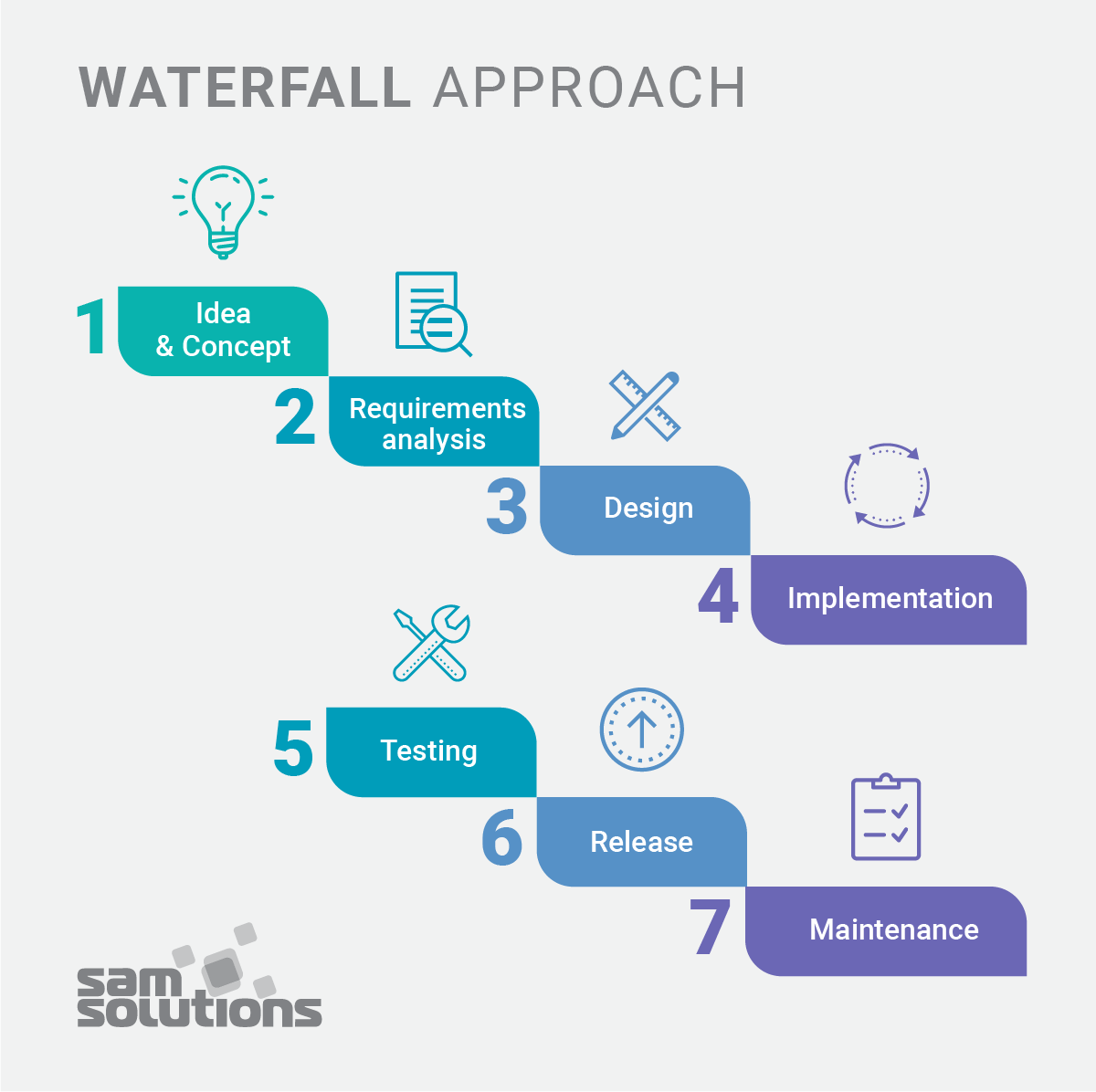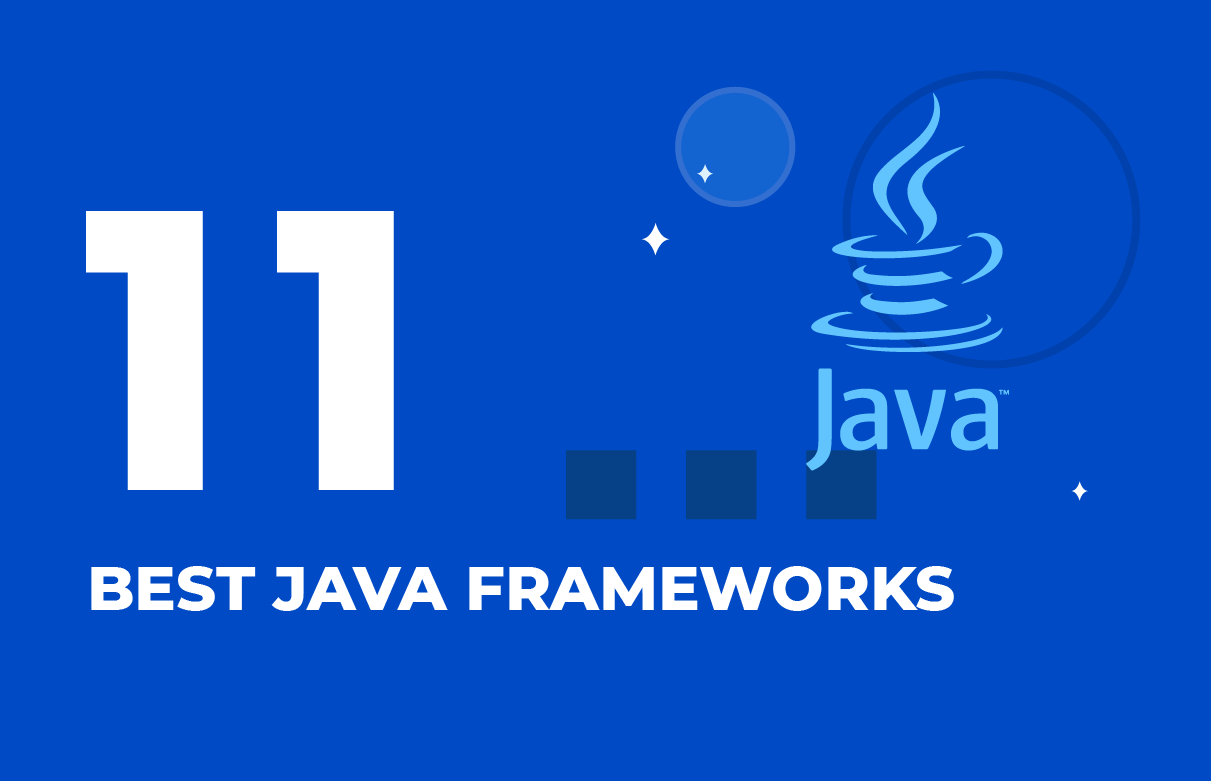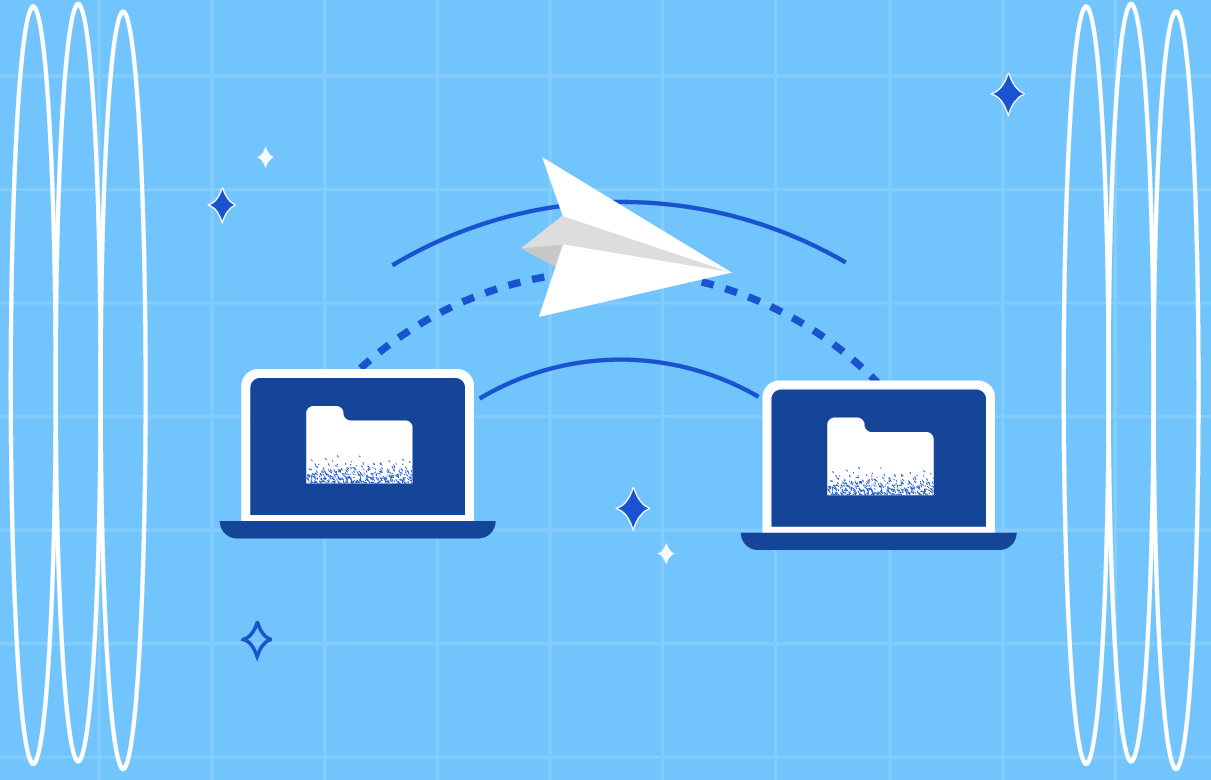Every software development project follows a certain management methodology. The right method is extremely important for the team to develop software in a comfortable environment and to achieve success. In this article, you will find the information about the difference between Agile and Waterfall model, their advantages, disadvantages and the most suitable cases in which they can be applied. We will also touch upon the Scrum model and compare it against other frameworks.
You can organize and control the development process using a variety of practices. How do you choose the right one? Our software development methodologies comparison is based on points such as the sequence of stages, attitude toward changes, teamwork, etc. The choice should take into account your business needs and project goals. In other words, you should choose the option that suits your specific requirements most of all.
The Waterfall Approach
Traditionally, the software development lifecycle (SDLC) was organized using the Waterfall model. It originated from the industrial areas such as building or manufacturing, where consistency of actions is a necessity, and later was adopted by software engineering and the IT-industry in general.
The core principle of the waterfall approach is a strict sequence of development phases performed in accordance with a coherent plan. The plan is the first thing that should be agreed on.
Software creation includes the following stages:
- Discussion of an idea to create a concept
- Requirements analysis and planning
- Design
- Coding and implementation
- Testing
- Product release
- Support and maintenance

The process is linear, which means that the team can get to the next stage only once the previous one is complete. In case the customer reviews requirements and wants to add some changes, developers have to restart the whole process. Such a situation is highly undesirable because it can potentially cost much time and money.
The Positives
- Easy to work, manage and control. Both developers and managers follow a clear plan. Each phase has definite deliverables and terms. This makes the working process seamless, understandable and easily controlled. Moreover, each project under the Waterfall model has the same pattern, so the team doesn’t need additional training to get to work.
- Accurate documentation. The Waterfall approach requires taking accurate notes for every stage to create a solid document base. This helps better understand the code logic and improve the software in the future, even in case of staff turnover. Papers can provide details to shareholders if needed or can be applied to other projects as well.
- The outcome is known. The client knows from the very beginning the program functionality and what it will look like. Consequently, project cost and timeline are also known. Such certainty is always pleasant because you can plan the budget and the release dates in advance.
- Easy-to-meet deadlines. The risk of missing a deadline is minimal since the beginning and the end of every development stage are defined and should be kept. The approach demands strict discipline that is profitable for customers.
The Negatives
- No room for error. The greatest disadvantage of Waterfall is the inability to change something if the stage is completed. The process is linear and rigid, so you can’t jump between stages. If there is a bug or an unexpected change in a completed part, you can’t just fix it and move on — the project has to restart, which is very difficult and expensive.
- Initial information is not always accurate. The requirements are identified and discussed at the beginning of a project, but it may be difficult for clients to correctly express them at once. They may not know what exactly they want. If clients realize their true needs as the project progresses, those needs cannot be taken into account without impacting the budget and the timeline.
- The client doesn’t see working software until late. The working application is delivered at the final stage of the project. The client doesn’t see the results at intermediate stages, so the project is not transparent.
- Lack of communication. The project is divided into separate stages performed by separate teams. They do their work exclusively and aren’t involved in other tasks. Lack of face-to-face communication and cooperation leads to misunderstanding and errors.
- Final testing. Thorough testing is carried out only at the end. If serious bugs are revealed, the whole project is doomed.
When to Use the Waterfall Methodology
It is most suitable for simple projects in which customers have a clear vision of what result they want and will not change their mind during the development process.
Now, let’s compare Waterfall vs. Agile and Waterfall vs. Scrum.
The Agile Approach

Agile is a philosophy that emerged to address the shortcomings of the Waterfall approach. The main difference between the two practices is flexibility. The Agile process is open to changes and focuses on continuous improvement. It is incremental and iterative.
Everything starts with a simple design that will be updated many times as the project progresses. The scope of work is divided into modules and performed in sprints. Each sprint lasts a couple of weeks and consists of the following stages:
- Planning — to divide the concept into small pieces
- Requirements analysis — numerous meetings with clients and PMs to gather detailed information
- Designing — to create a design according to the latest requirements
- Coding — to create a working product
- Testing — to check a ready piece of software for bugs
- Launching — to deliver a ready product to customers
After launching, customers start using the product, and if any problems occur, the team reviews and addresses them.
One should note that these phases are flexible and should not necessarily go in succession. Unlike in Waterfall, they may be swapped over or happen simultaneously.
Small modules allow developers to reveal bugs at early stages and fix them. After each sprint, clients see the result and provide their feedback. The team updates the project design and evaluates priorities for the next sprint.
There is even an Agile Manifesto with 12 principles developed in 2001 to guide teams.
The Positives
- Changes are welcome. The approach is flexible to add and accommodate new features easily. This means that clients are able to change their mind and implement new ideas without impacting the project timeline or budget. Moreover, the product is always kept up-to-date, as the latest technologies can be added at any time.
- Strong teamwork. Agile implies face-to-face communication and interaction between all team members. They all are responsible for the final working product, not only for isolated parts of a project. Such an approach increases product quality and improves the working atmosphere.
- Client participation. A great difference between Agile vs. Waterfall software development is the chance for clients to provide their feedback during the development, see intermediary results and influence the end product. This inspires trust relationships between clients and contractors.
- Higher quality. Each spring finishes with testing that enhances the quality of a product greatly. Developers can reveal bugs earlier and fix them before the development cycle ends, which is much faster, easier and cost-efficient.
The Negatives
Though Agile is mostly seen as a positive software development approach, it also has some cons. There are even a few advantages of the Waterfall model over Agile.
- Lack of planning. Because the initial plan is rough and additional sprints may be added across the development cycle, it is not always possible to determine the exact delivery date and complete tasks in a timely manner.
- Neglected documentation. The main goal of agile development is working software, and team members don’t focus on maintaining proper records. Lack of comprehensive documentation may cause problems in the future, e.g. when the deep insight of the code will be needed.
- Total dedication. The Agile process is more time-consuming as compared to the traditional approach because only active involvement of the team can lead to success. This means that developers must immerse themselves in the project and work long hours if necessary.
- The result can differ from expectations. The client may intend to get one product, but the final version will be completely different. This happens because of constant changes and the absence of an accurate plan and design.
When to Use the Agile Methodology
The most suitable situations for using this methodology are when:
- The client needs quick results
- There is no clear vision of the final product
- Software is developed for a rapidly changing industry and constant improvements are needed
- Developers are skilled enough to make quick changes and be responsible for the entire process
One should note that you may incorporate agile elements into any methodology without additional training or knowledge. Start with introducing daily ten-minute meetings into your project and let everyone talk about their progress and pitfalls.
Waterfall vs. Agile Comparison Chart
| Waterfall | Agile | |
| Development | Rigid | Flexible |
| Process | Sequential | Iterative |
| Initial plan | Precise | Approximate |
| Documentation | Accurate | Neglected |
| Attitude toward changes | No room for changes | Open |
| Testing | Final product only | After every sprint |
| Teams | Separate | Cross-functional |
| Communication | Lacking | Face-to-face |
| Client | Doesn’t participate | Participates |
| Working software | At the end | After every sprint |
Scrum

Many people think that there is no difference between Agile and Scrum and that they are synonyms. But it is not true. The Scrum and Agile difference is that Agile is the philosophy that provides principles for software development, while Scrum is a project management framework with a set of rules for implementing Agile. There are many other frameworks to practice Agile, such as Lean, Kanban, XP.
Scrum aims at fast, high-quality product delivery within short iterations. The methodology is based on self-organization, discipline and the motivation of the team.
The Scrum process is organized as follows:
- The Product Owner provides the necessary information concerning a project.
- The scope of work is listed in the Product Backlog.
- The work is prioritized and divided into iterations, so-called Sprints (2-6 weeks long).
- Each sprint starts with a Sprint Planning Meeting during which the Product Owner communicates with the Scrum Team and they decide on the tasks to complete during the coming sprint.
- These tasks are moved from the Product Backlog to the Sprint Backlog.
- During a sprint, the Scrum Master conducts brief daily meetings — the Daily Scrum. They help the team track the status of the tasks using a Task Board and a Burndown Chart.
- Each sprint finishes with a Sprint Review Meeting when the team demonstrates the result.
- The next sprint is planned and the process repeats.
Scrum is ideally suited for projects:
- With changing requirements
- When active communication between the customer and the team is possible
- When the team is highly qualified, motivated and accountable for the output
Scrum advantages
- Short terms of delivery
- Quick user feedback
- Transparency of the process
- Easy to accommodate changes
- Cost savings
SaM Scrum
SaM Solutions uses various methodologies of Agile software development depending on customer needs and preferences, including Kanban, Lean, PMI, Prince2 and Scrum. The Waterfall approach is less popular but can also be used if necessary.
Our developers have modified the most popular framework Scrum and made it even more convenient for cooperation between clients and the team. The main difference between the traditional Scrum and the SaM Scrum is the advanced list of roles.
Traditionally, there are three essential roles for success:
- Product owner — represents stakeholders, defines the features of a product and prioritizes tasks
- Scrum master — tracks the teamwork, facilitates daily meetings, helps overcome obstacles
- Scrum team — builds the product
In addition to these, SaM Scrum roles include:
- Scrum assistant — supervises the team and substitutes the master
- Scrum business analyst — gathers information, represents the customer, answers questions
- Scrum QA — performs testing, describes found errors, carries out acceptance testing, gives the final quality conclusion
- Scrum team lead — coordinates and consults the team about the technical side of the project: architecture, coding, environment
Streamline Your Development
Now you have a clear vision of Scrum vs. Waterfall and the difference between Agile and Scrum methodology. They all have their pros and cons. The context of your project is the main criterion that determines which approach is right for you.
Our specialists have extensive experience in implementing various approaches to the development processes. Contact SaM Solutions for a consultation and get detailed information about our offerings.



























 5 Reasons Why Your Business Needs a Mobile eCommerce Application
5 Reasons Why Your Business Needs a Mobile eCommerce Application Using Salesforce to Improve Your Sales Pipeline: Five Tips
Using Salesforce to Improve Your Sales Pipeline: Five Tips Cross-Platform Mobile Development: Five Best Frameworks
Cross-Platform Mobile Development: Five Best Frameworks How to Develop Custom Accounting Software
How to Develop Custom Accounting Software 10 Best Web Development Frameworks in 2024
10 Best Web Development Frameworks in 2024












 Top 30 Ecommerce Tools to Elevate Your Business in 2024
Top 30 Ecommerce Tools to Elevate Your Business in 2024 5 Best Tools to Improve Embedded Software Testing
5 Best Tools to Improve Embedded Software Testing Why React and Node.js Are the Top Technologies for Creating High-Performance Web Apps in 2024
Why React and Node.js Are the Top Technologies for Creating High-Performance Web Apps in 2024 10 Best IoT Platforms for 2024
10 Best IoT Platforms for 2024
Thank you, your article is very informative, everything is essentially, as I love!)